Many millennials are carving out their own version of home life, and it often looks very different from what they grew up with. While their parents’ homes were filled with certain staples—think bulky furniture, matching sets, and formal spaces—millennials are leaning into function, flexibility, and personal expression. The shift isn’t just aesthetic; it reflects changing values, tighter budgets, and a more mobile lifestyle. Here are 15 household items and design choices millennials are quietly—but firmly—leaving behind.
1. China Cabinets
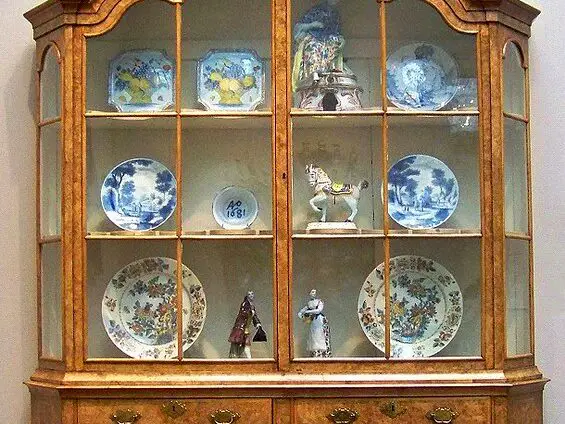
Millennials aren’t hanging onto heirloom china, and they definitely don’t want a cabinet to display it. As noted by Forbes, younger homeowners are more interested in minimalist and multifunctional furniture than pieces made solely to showcase fine dishware. Even when they inherit grandma’s china, many opt to store it out of sight—or donate it entirely. Displaying ornate dish sets simply doesn’t align with modern design preferences.
In fact, some millennials don’t even register for china when getting married. Instead, they prioritize items like air fryers or durable, everyday dishes. That speaks volumes about how their kitchens—and their priorities—have changed. Practicality wins out over tradition here.
2. Wall-to-Wall Carpeting
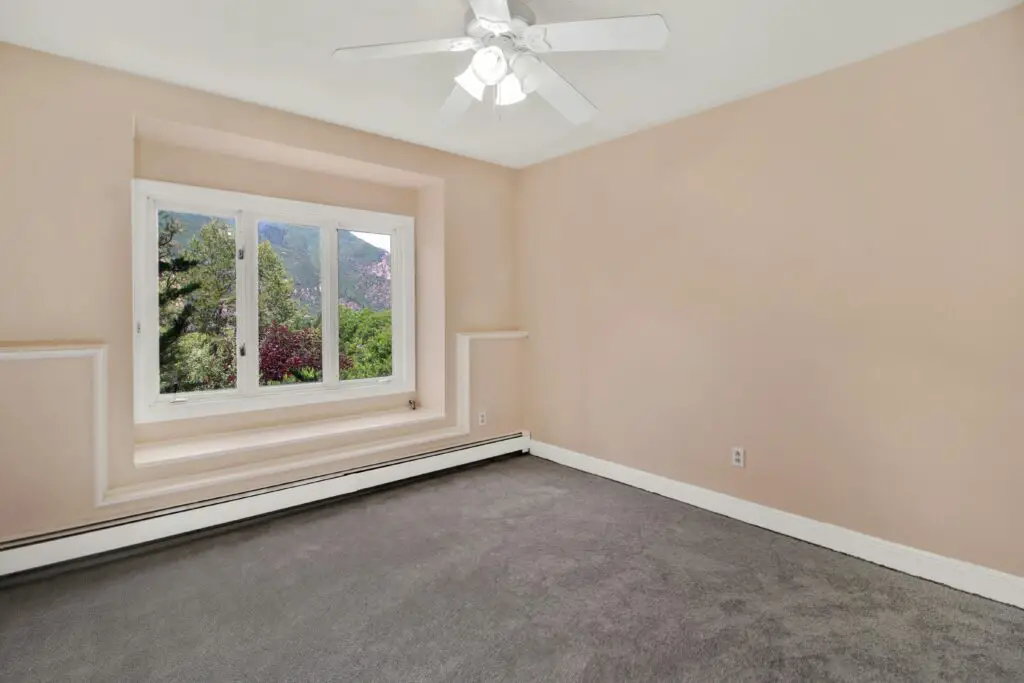
Wall-to-wall carpeting is on the decline among millennials, and according to House Digest, hardwood or luxury vinyl plank flooring is far more desirable. Millennials often associate carpeting with stains, allergens, and maintenance headaches. Add pets or kids into the mix, and it becomes more of a liability than a comfort. They’re opting for surfaces that are easier to clean and more visually appealing.
That doesn’t mean softness is out—area rugs are still very popular. But carpeting an entire house feels dated to many in this generation. It’s also not great for resale value in many markets, which millennials are highly attuned to. They want cozy, yes—but also clean and current.
3. Formal Dining Rooms
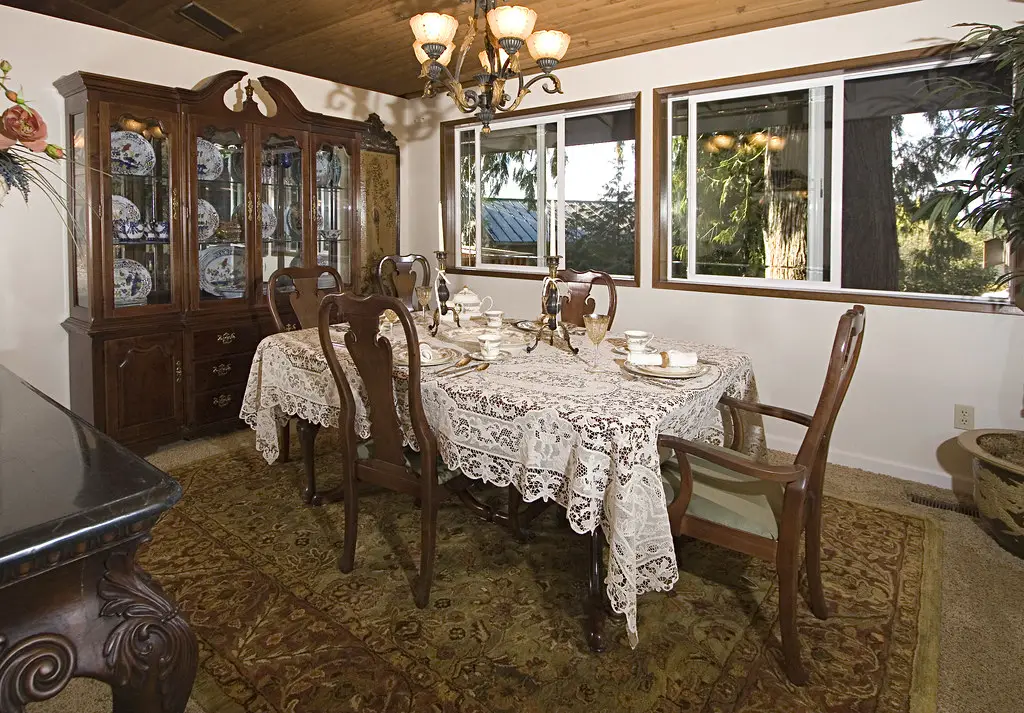
According to Zillow, many millennial buyers are no longer prioritizing formal dining rooms when searching for a home. Instead, they favor open-concept layouts with multi-use spaces that accommodate everything from work-from-home setups to casual entertaining. The idea of a room reserved solely for holiday dinners just doesn’t fit their lifestyle. It’s not that they don’t like gathering—it’s just more likely to happen around a kitchen island or in a flexible, open space.
This doesn’t mean dining rooms are gone entirely, but they’re getting repurposed. Millennials often convert them into home offices, playrooms, or reading nooks. It’s all about practicality and making every square foot count. A room that only gets used twice a year just isn’t worth the real estate anymore.
4. Matching Furniture Sets
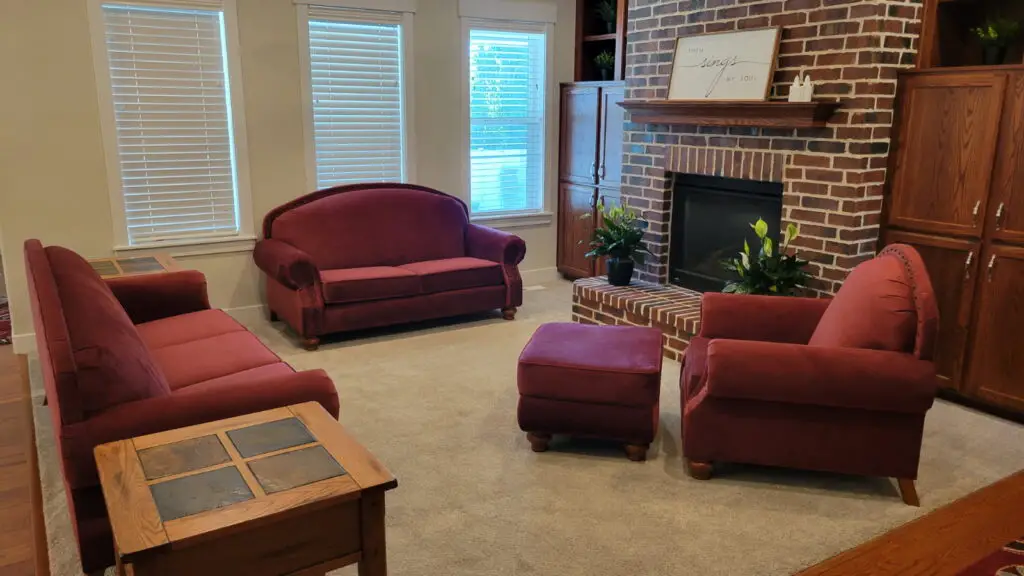
Perfectly matching furniture sets once symbolized a “put-together” home, but today’s millennials are more likely to mix and match pieces for a curated, lived-in feel. As highlighted by Apartment Therapy, uniformity is often traded for personality and layers of texture. That means you might find a vintage armchair next to a sleek, modern couch—on purpose. The “furniture showroom” look feels impersonal to many younger homeowners.
They also tend to prioritize pieces that can move and evolve with them. A statement coffee table might be thrifted, while the sofa could come from a big-box retailer. Millennials aren’t afraid to blend styles and price points. It’s all about telling their own story through their space.
5. Heavy Window Treatments

Millennials are ditching heavy curtains and ornate valances in favor of simple blinds or sheer panels. Natural light is a top priority, and anything that blocks it feels outdated. Even blackout curtains are chosen for function rather than decoration. The era of tassels and triple-layer drapes is fading fast.
This trend also ties into the minimalist aesthetic many millennials prefer. Clean lines, bright spaces, and light-filtering fabrics are key. Plus, no one wants to deal with dry cleaning window treatments. Low-maintenance and high-impact wins every time.
6. Decorative Pillows Everywhere

Gone are the days when every bed and couch was buried under an avalanche of throw pillows. Millennials tend to favor a cleaner, less cluttered look. If there are pillows, they’re functional and few. Excess for the sake of excess? Not their vibe.
They also prioritize ease of cleaning and quick tidying. Having to move ten cushions just to sit down is a deal-breaker. For this generation, less really is more. Comfort matters, but so does simplicity.
7. Bathtub-Only Bathrooms
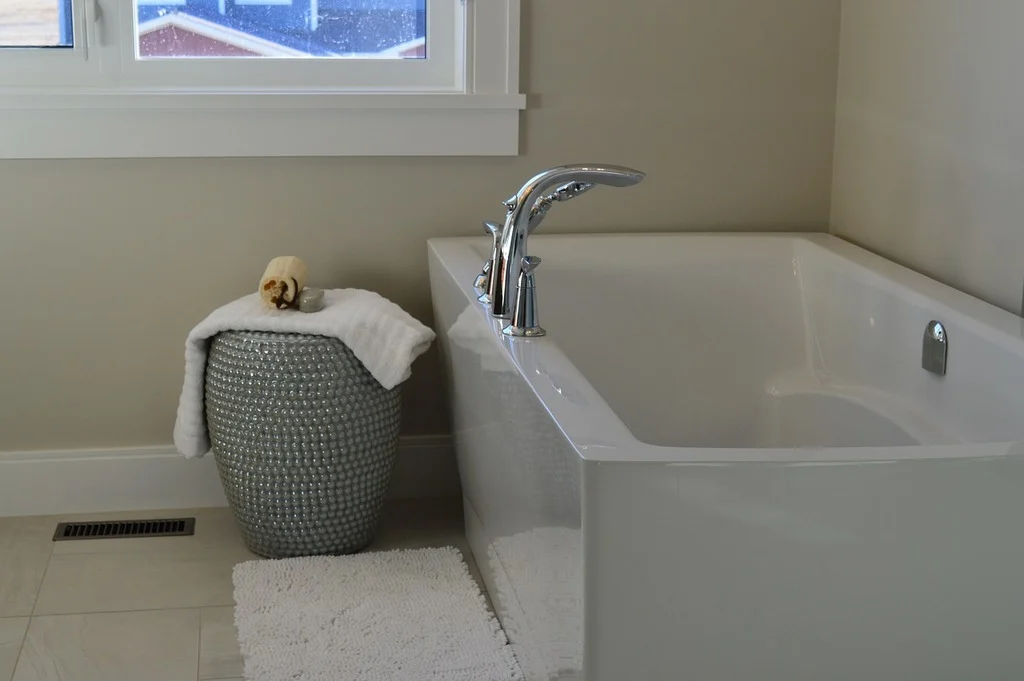
While soaking tubs still have their fans, many millennials are fine skipping a tub altogether in favor of a luxe walk-in shower. Space-saving is one reason—but so is speed and practicality. Baths feel like a luxury they rarely have time for. A big, tiled shower with a rainfall head, though? That’s everyday indulgence.
Plus, tubs are harder to clean and use more water. Millennials who lean eco-conscious appreciate efficiency. And in many city apartments or smaller homes, there’s simply no room for both. The tub’s time may be running out.
8. Clocks and Wall Calendars
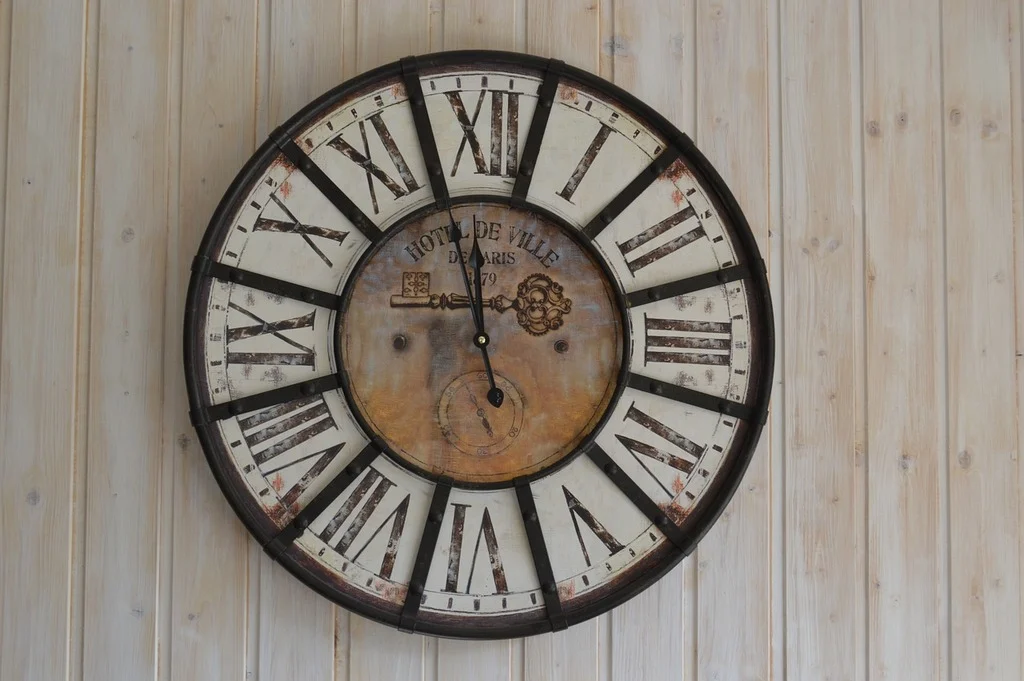
With smartphones in every pocket, the need for analog timekeepers has faded fast. Millennials aren’t buying decorative clocks or dry-erase calendar boards for the kitchen. Time and scheduling live in apps, not on the wall. Even smart home displays have taken over that territory.
This shift isn’t just about convenience—it’s about aesthetics, too. Digital clutter replaced physical clutter. And for many younger homeowners, that’s a fair trade.
9. Frilly Bedding

The bed-in-a-bag trend of ruffles, lace, and 15 coordinating pieces is all but extinct in millennial bedrooms. Instead, they gravitate toward simple duvets, earthy tones, and high-quality sheets. Function meets style here, with brands like Brooklinen and Parachute becoming household names. Frills feel fussy, and millennials don’t have the patience.
Comfort still reigns supreme, but without the extra fluff. Pillows are supportive, linens are breathable, and the overall vibe is calm. Think spa—not Victorian dollhouse. Clean, modern, and cozy wins.
10. Fake Fruit and Floral Arrangements
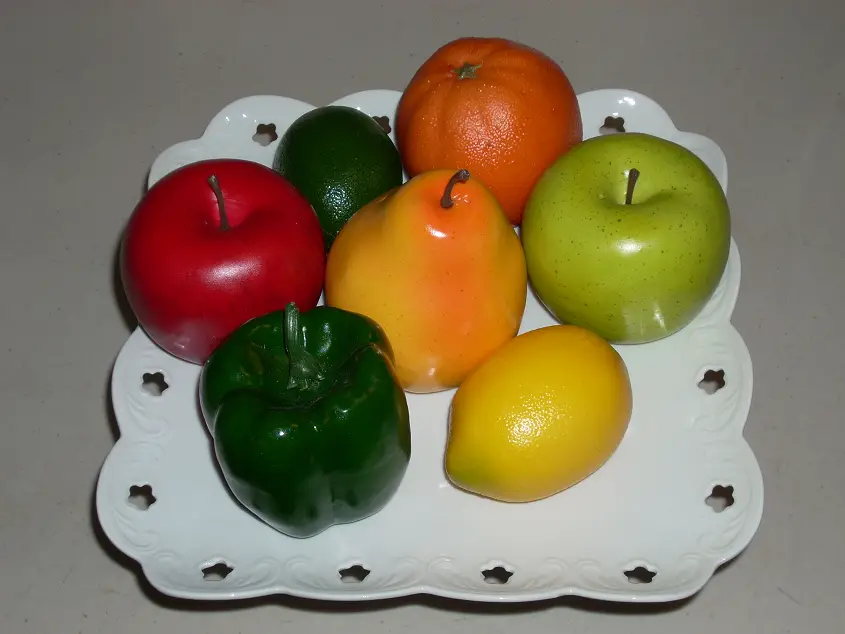
Millennials are saying no to fake fruit bowls and dusty silk flowers on mantels. They prefer live plants—or no plants at all. Fiddle-leaf figs, pothos, and snake plants are far more likely to make an appearance than plastic grapes. Faux decor feels too artificial for a generation raised on “authenticity.”
Even when fresh flowers aren’t an option, minimalist decor still rules. A vase with a few dried stems is considered more stylish than a permanent silk bouquet. Millennials want their homes to feel alive—not staged.
11. Wall-to-Wall Beige
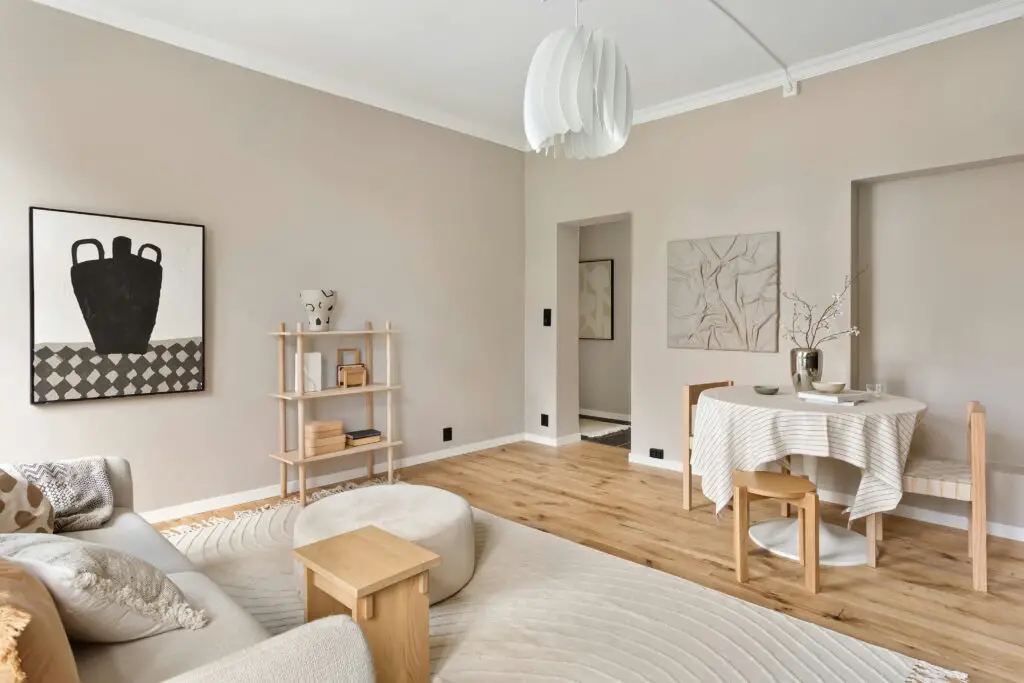
Neutral tones aren’t out, but all-beige interiors are. Millennials are far more likely to embrace pops of color, moody accents, or bold patterns. Greige and white are still popular, but not to the exclusion of personality. Beige walls with beige carpet and beige curtains? That’s a hard pass.
Many younger homeowners view beige as the color of indecision. It’s what you use when you’re afraid to commit to something else. Today’s paint colors reflect individuality and taste. Even neutrals are chosen with intention.
12. Magazine Racks

In an age of digital everything, magazines are mostly consumed online—and physical magazine racks are disappearing. Millennials don’t see the need to keep printed reading materials on display. It’s one less item to dust, and one less place for clutter to build up. Coffee tables aren’t overloaded anymore—they’re functional.
Instead of magazines, you’re more likely to find a few coffee table books, maybe a candle, and space to set down a laptop. Aesthetic simplicity wins again. Print isn’t dead—but it doesn’t need a dedicated rack anymore.
13. Curio Cabinets
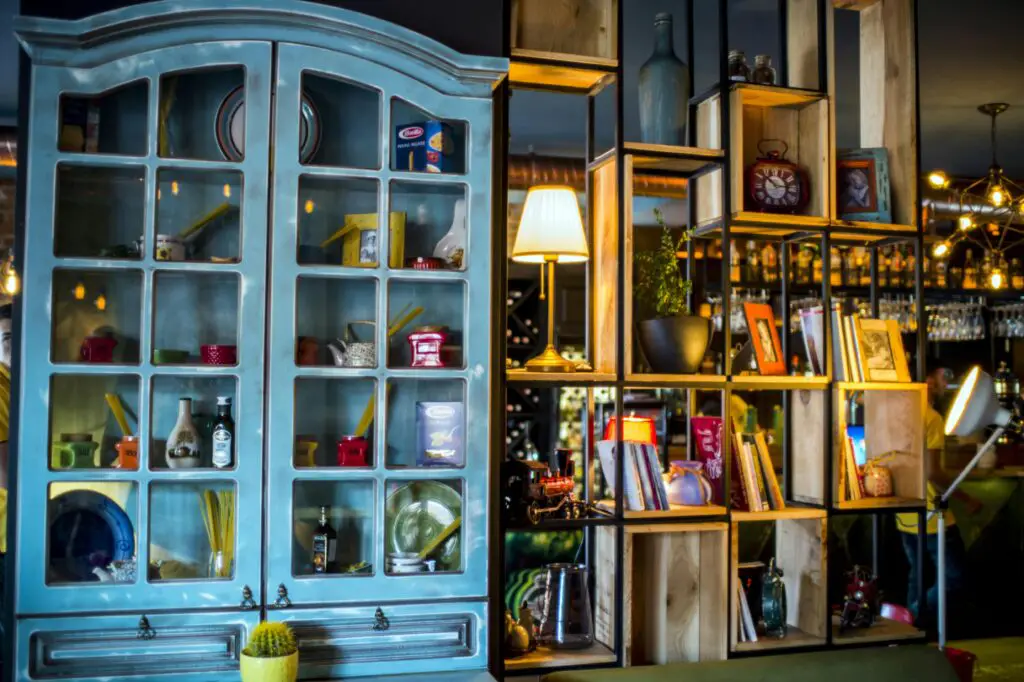
Curio cabinets once held collectibles, figurines, and fine trinkets—but millennials are over it. Displaying dozens of small items isn’t practical, nor does it reflect modern tastes. Today’s decor leans more minimal, with a few meaningful items rather than entire themed collections. Open shelving with carefully curated pieces is far more popular.
Curios also scream “grandma’s house” to many younger homeowners. If the item doesn’t serve a function or spark serious joy, it’s probably going to Goodwill. Sentimental clutter is still clutter. And millennials just don’t have the space—or the patience.
14. Popcorn Ceilings

It’s not a decorative item, but it deserves mention: millennials despise popcorn ceilings. Many view them as an instant sign of an outdated or neglected home. Plus, they’re notoriously difficult to clean and often contain asbestos in older properties. That’s not just unattractive—it’s a health concern.
When millennials buy homes with popcorn ceilings, removing them is often at the top of the renovation list. Smooth ceilings create a cleaner, brighter look. And they can raise resale value. It’s a no-brainer update for many buyers.
15. Telephone Landlines
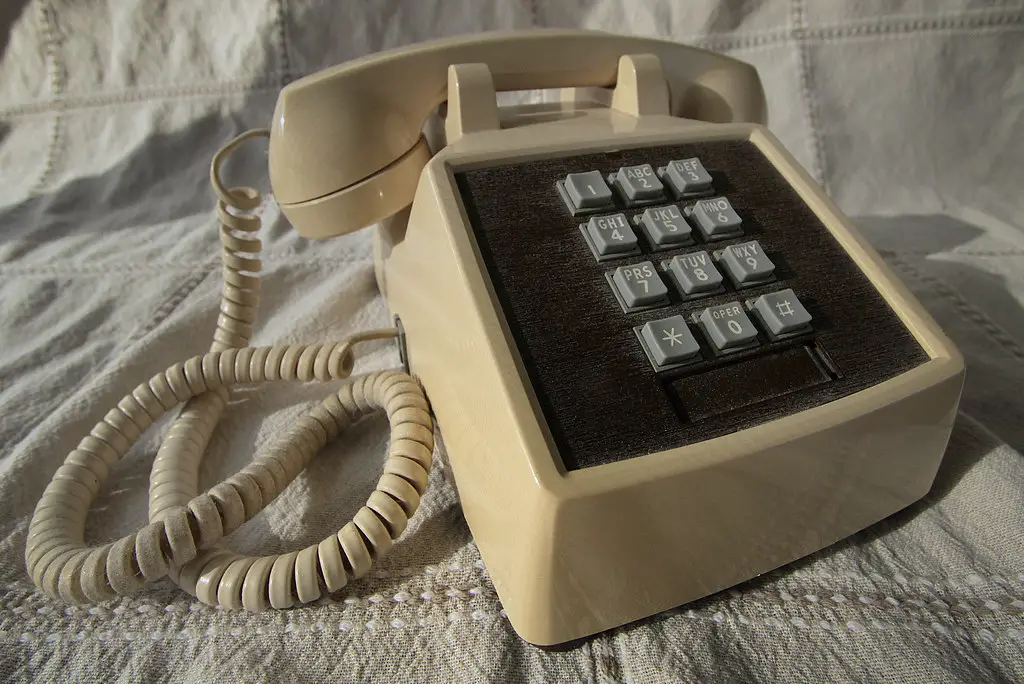
Millennials were the last generation to grow up with house phones—and the first to give them up completely. Landlines now feel unnecessary, especially with smartphone saturation. Most homes don’t even have jacks installed anymore. The days of shouting “I’ll get it!” and racing to the kitchen phone are long gone.
It’s a nostalgic memory, but not a practical need. Even smart homes run entirely through mobile devices. For millennials, landlines are a relic of a slower, less-connected time. And there’s no looking back.
